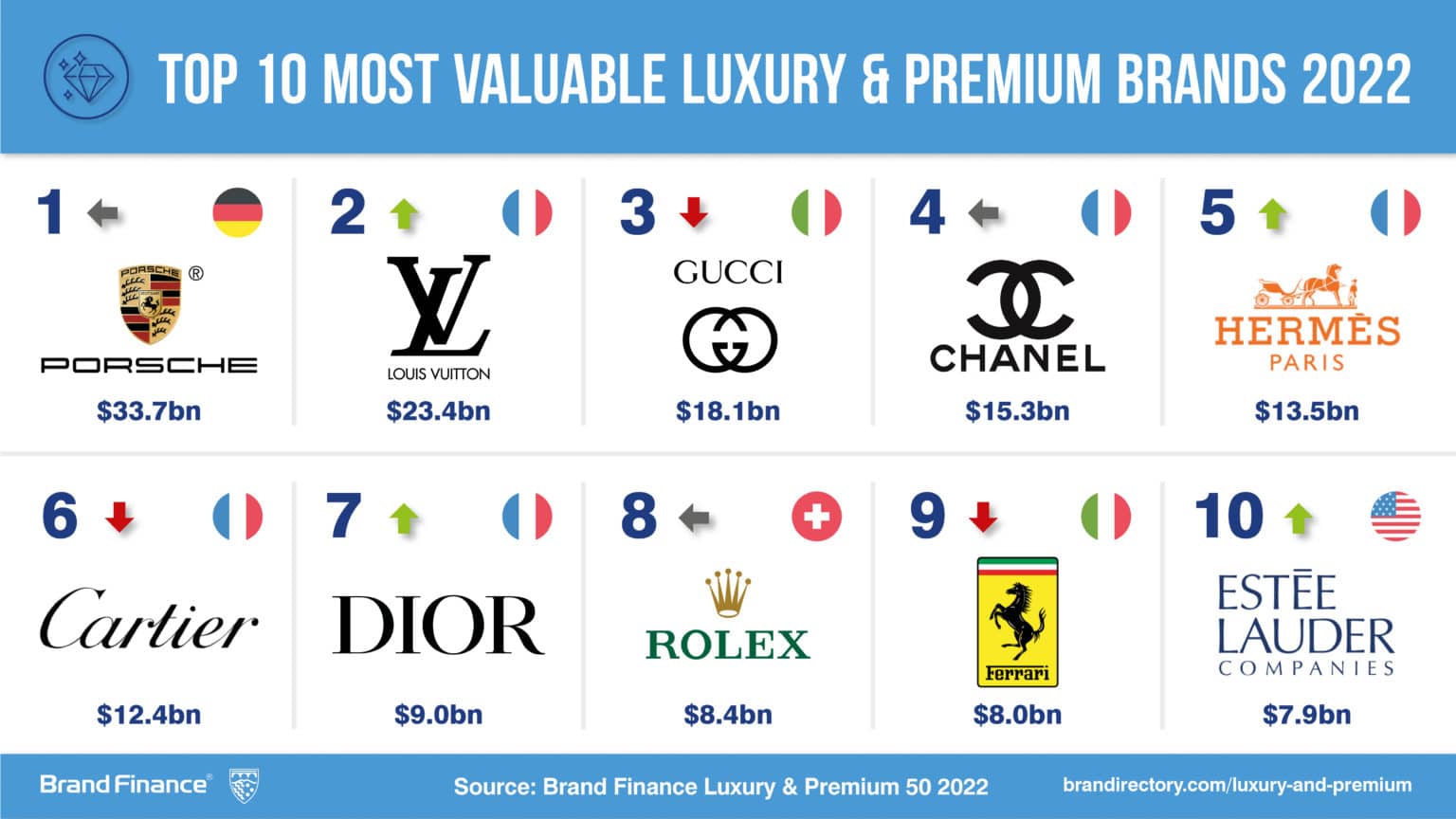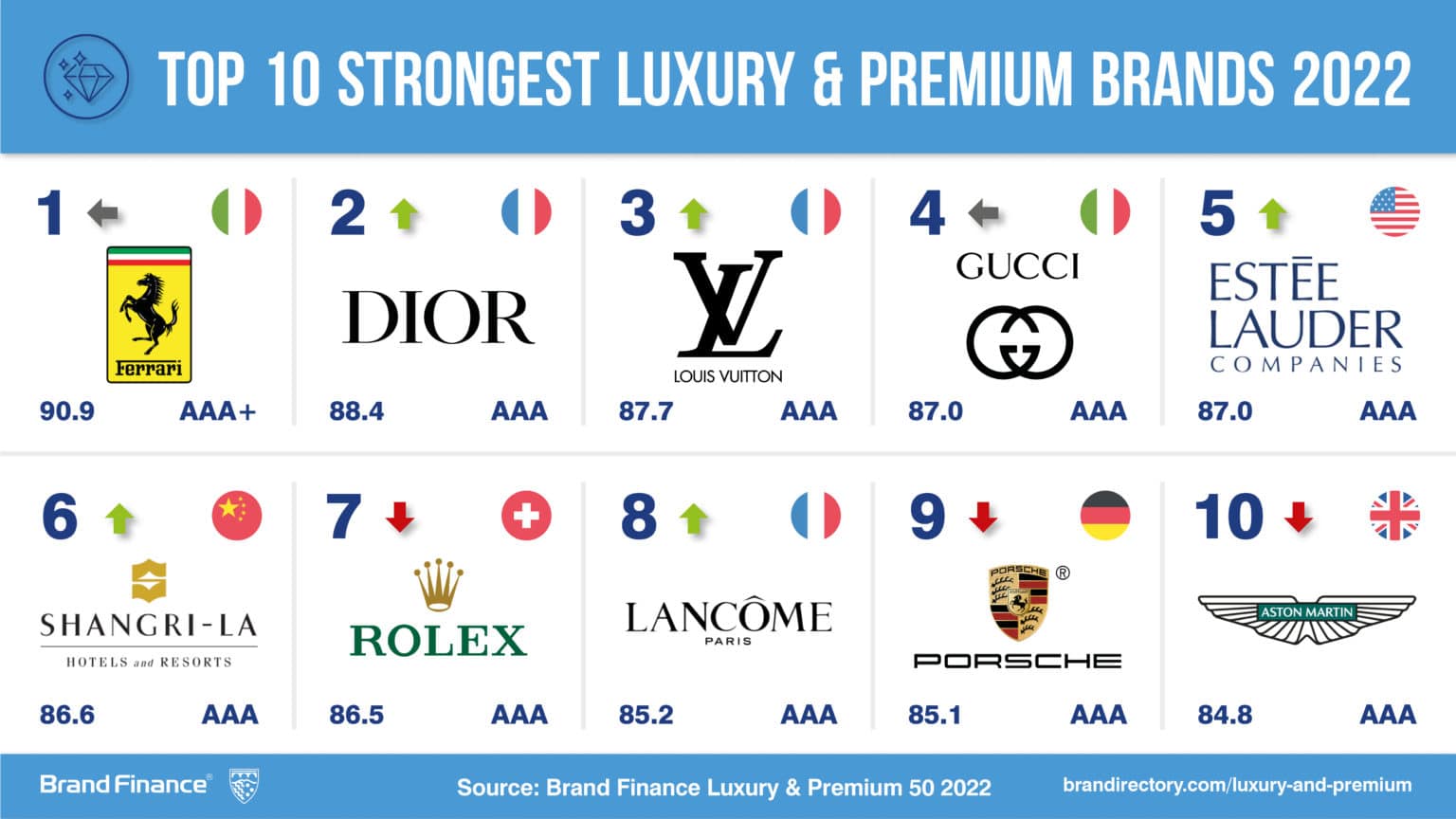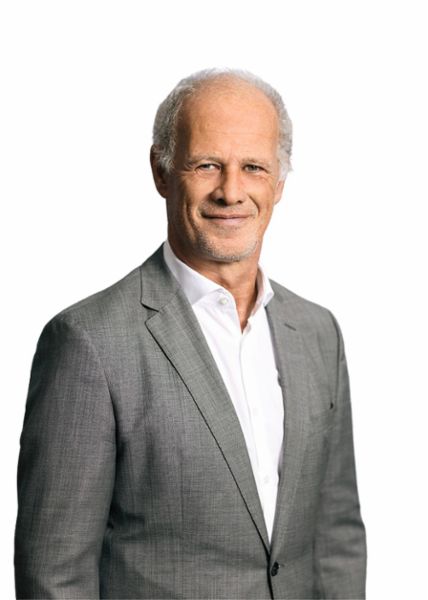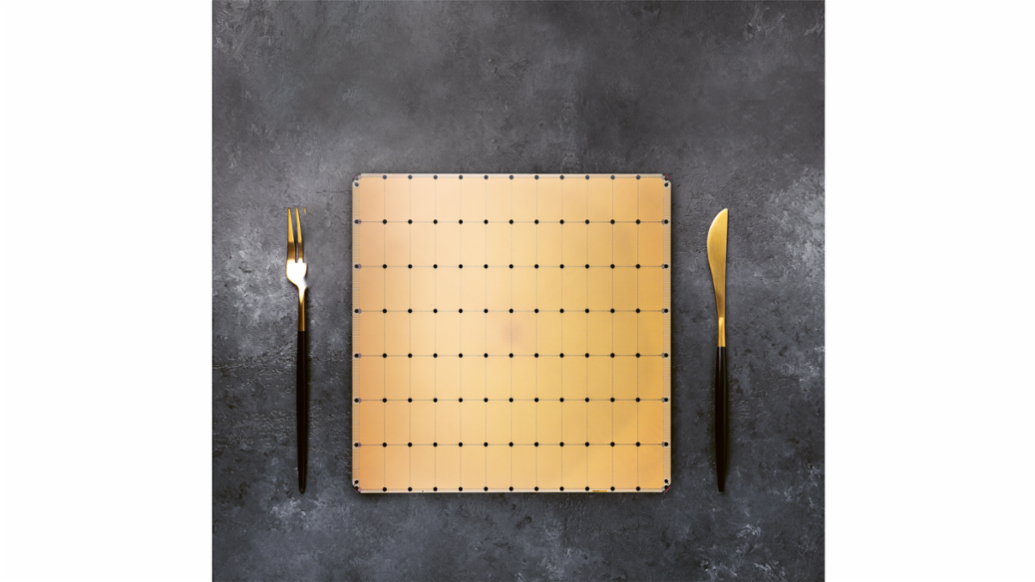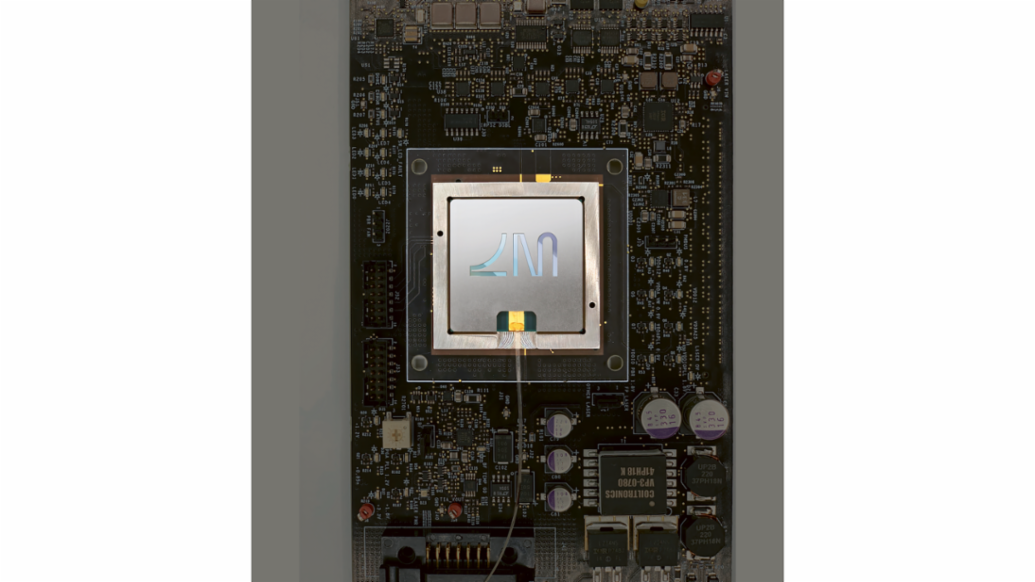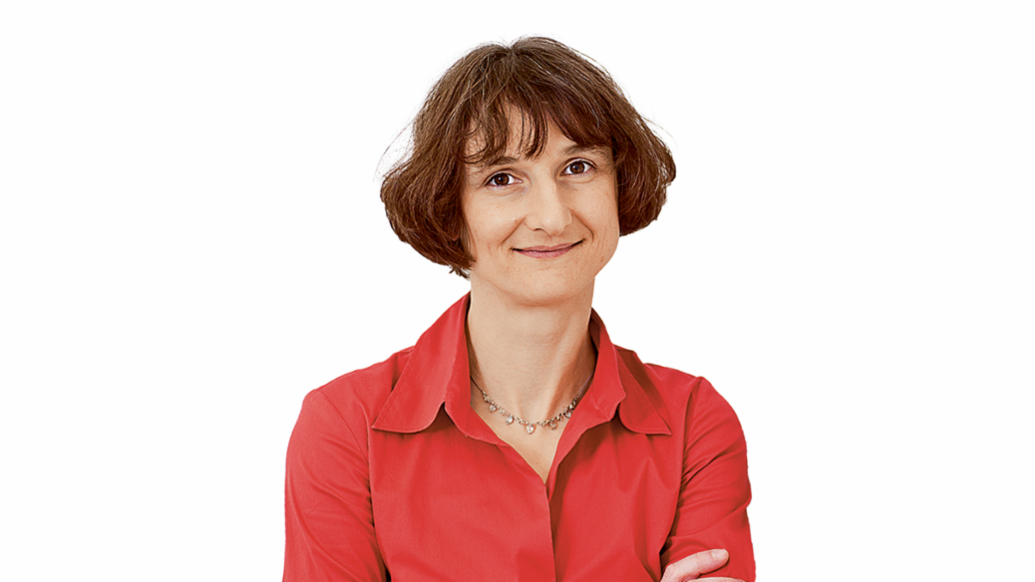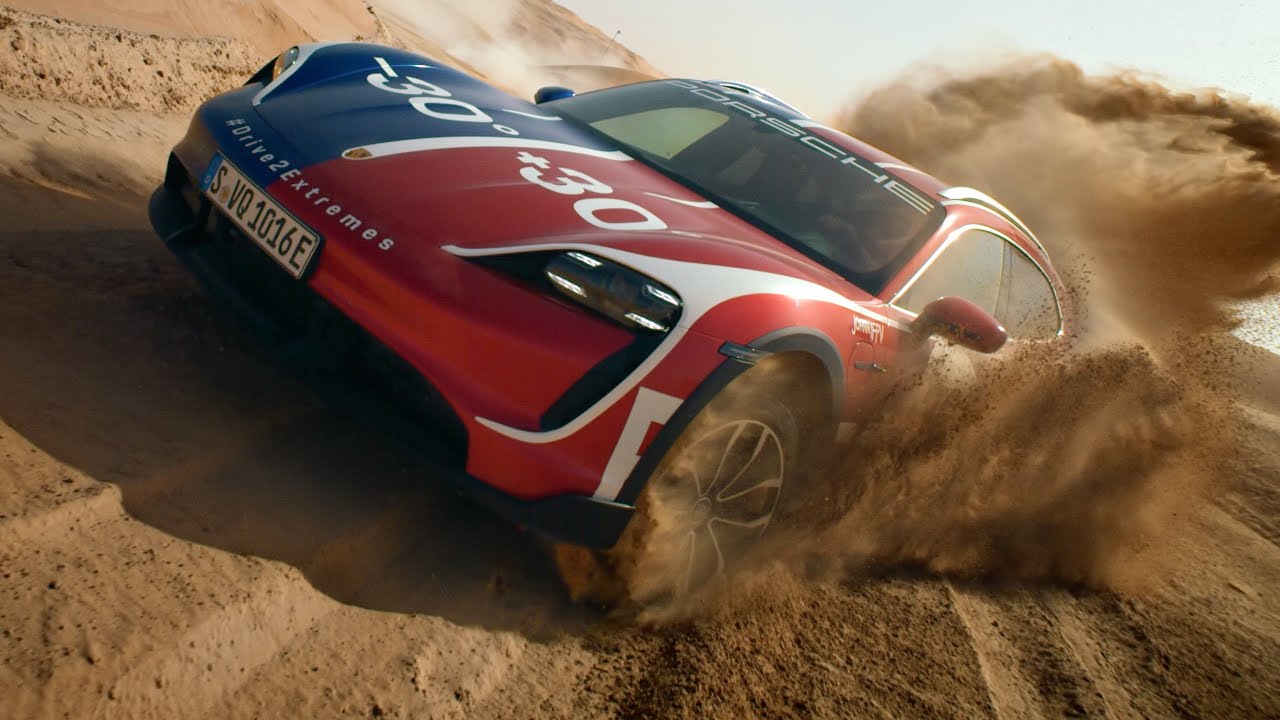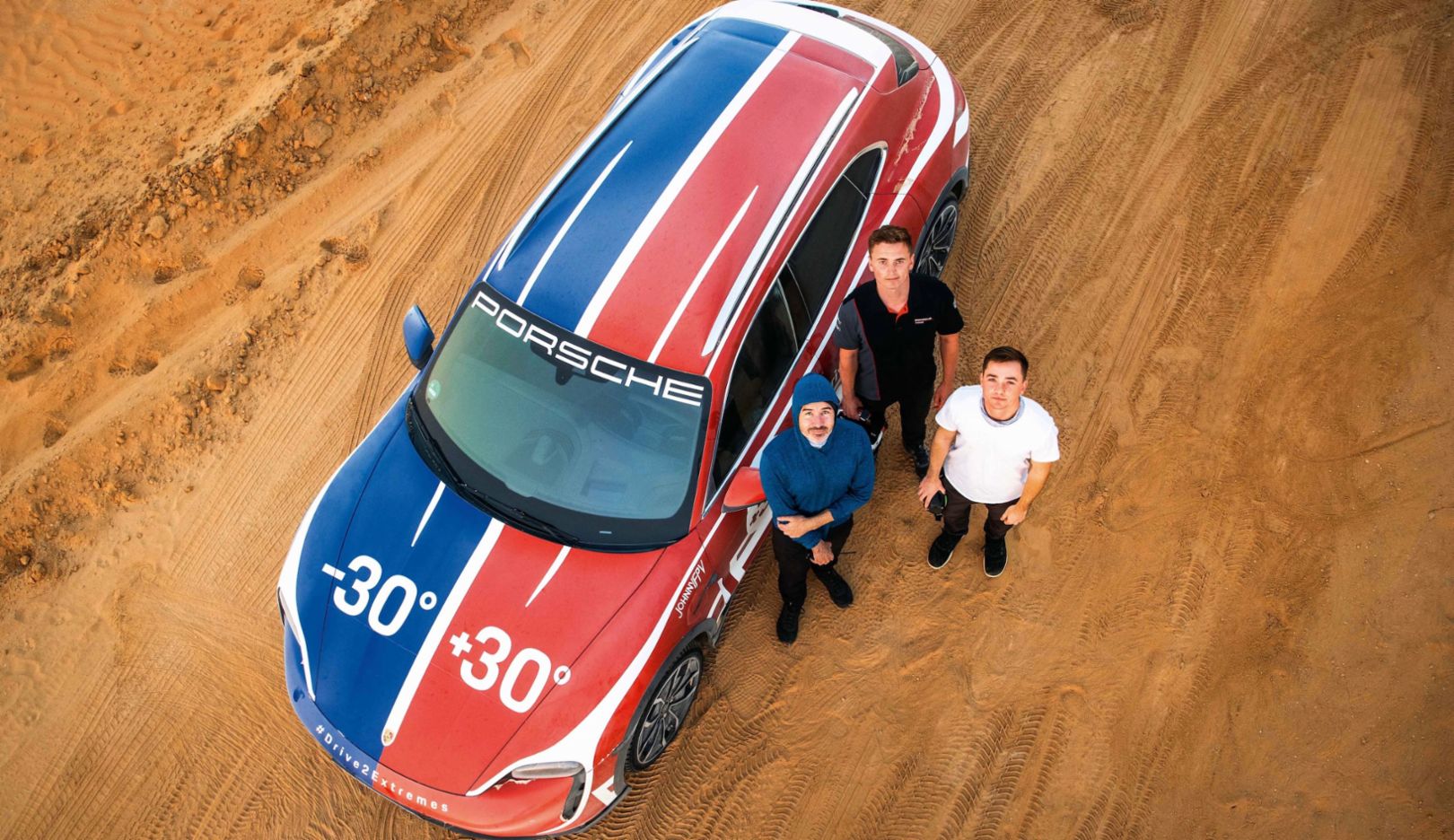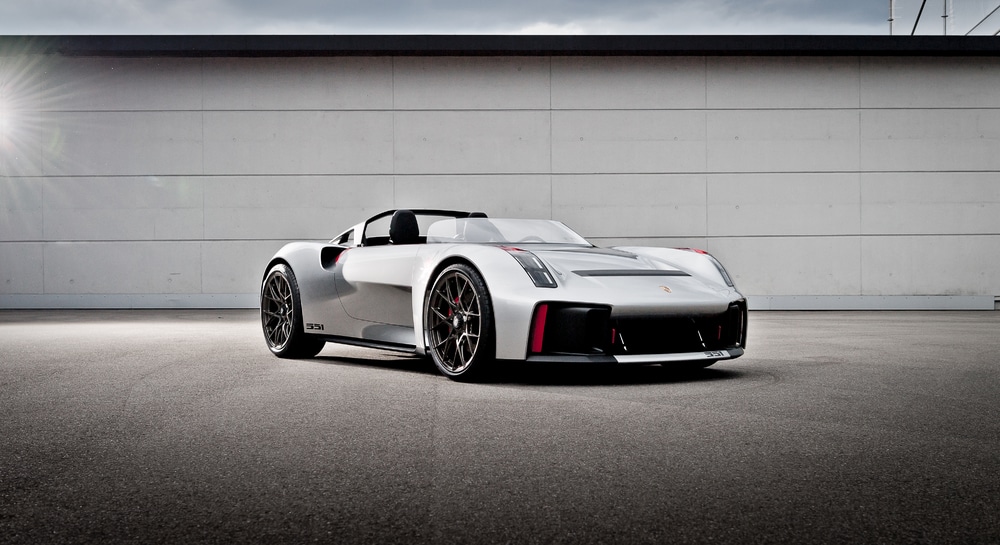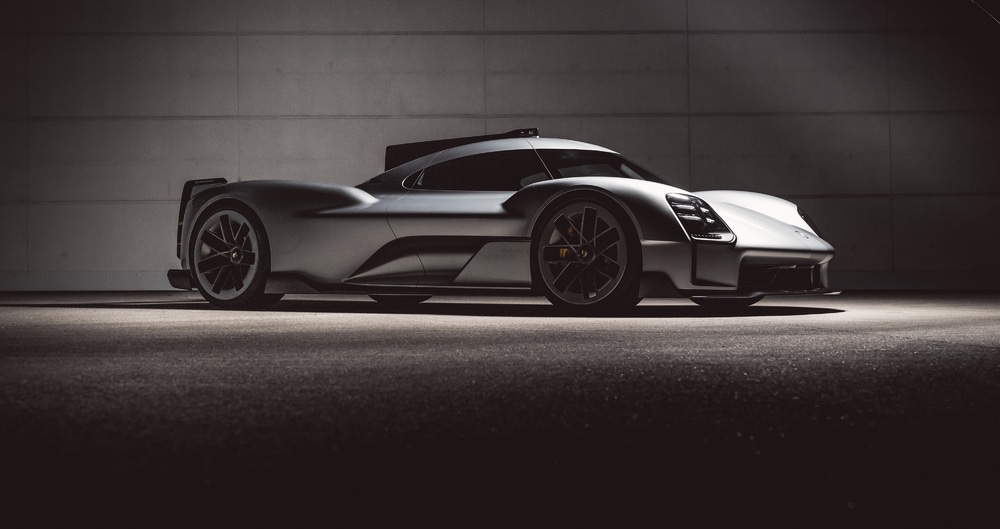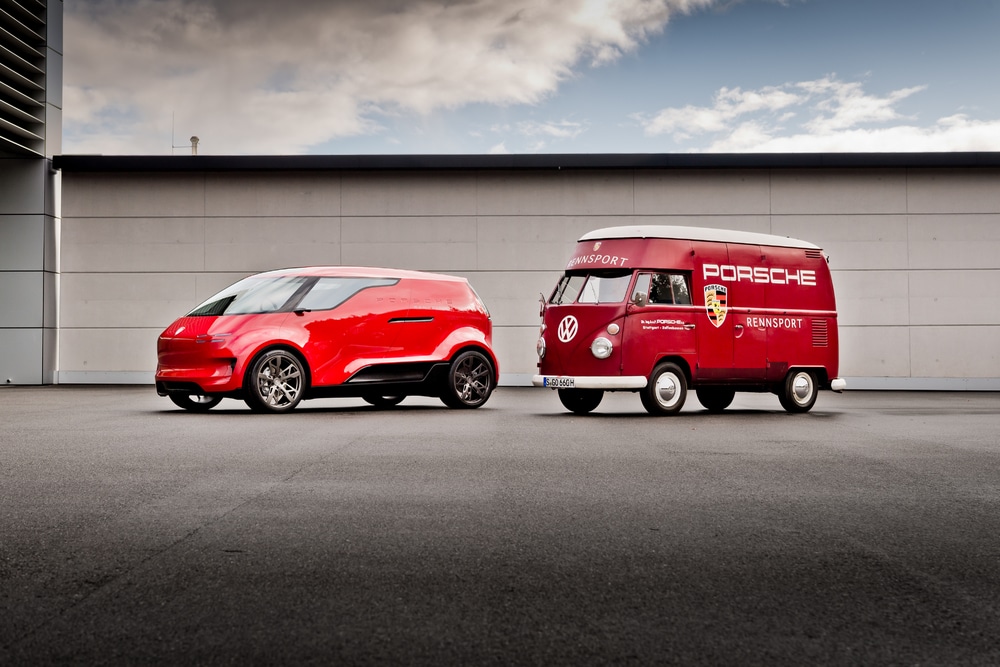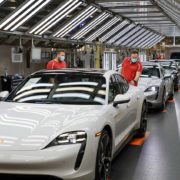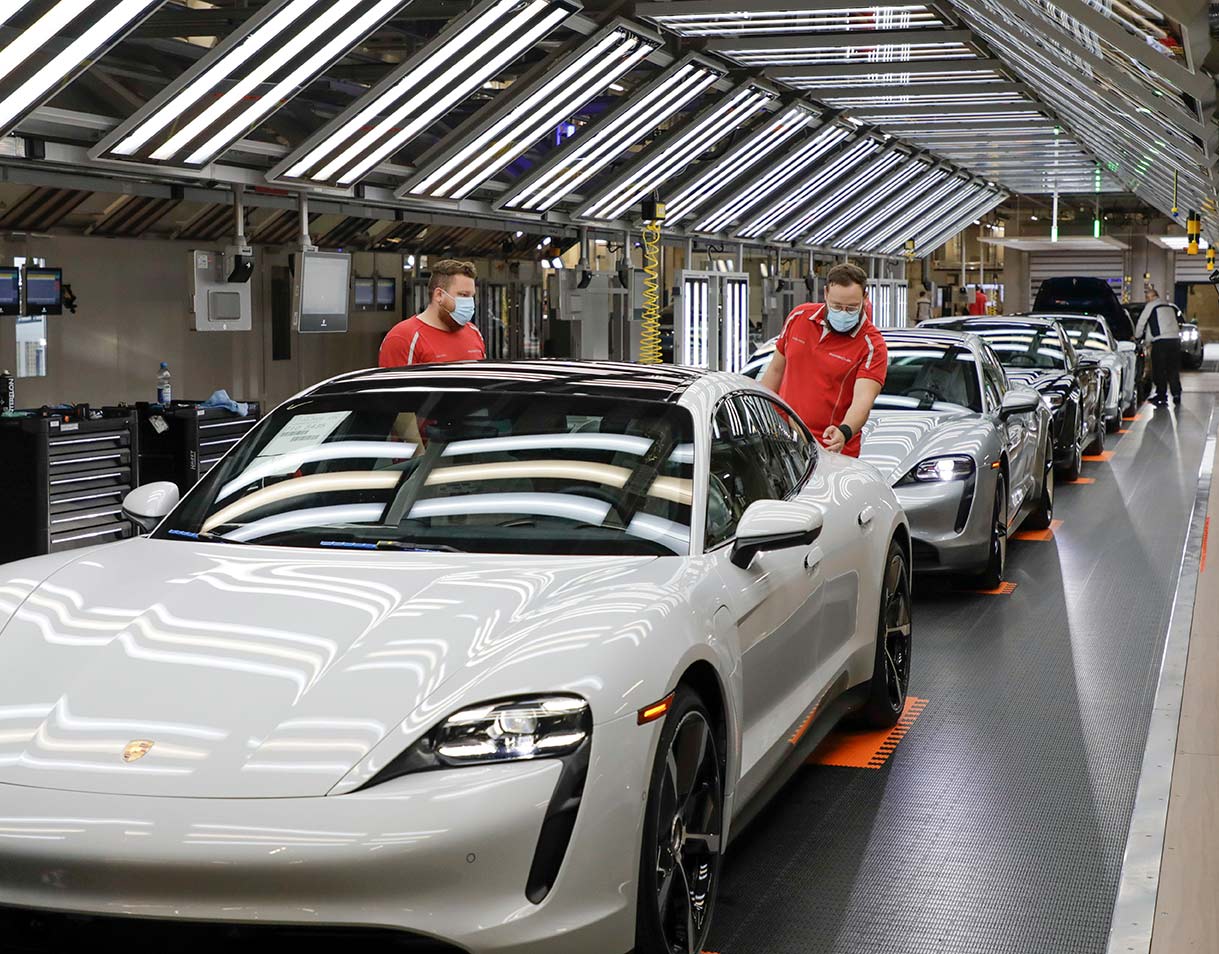2022 deliveries: Porsche posts a slight increase
Porsche put in a robust performance in fiscal year 2022, with a slight increase in deliveries. The sports car manufacturer delivered a total of 309,884 cars over the past 12 months, 3 per cent more than in 2021 – despite several global crises.
Porsche fulfills the dreams of its customers, as strong delivery figures and the continued good order situation for fiscal year 2022 demonstrate. Worldwide, the sports car manufacturer delivered 309,884 vehicles to customers last year, an increase of 3 per cent over the previous year.

Detlev von Platen, Executive Board Member for Sales and Marketing at Porsche AG
“The many challenges caused by the war in Ukraine, interrupted supply chains and the ongoing semiconductor crisis have shaped the past year and put us to the test,” says Detlev von Platen, Executive Board Member for Sales and Marketing at Porsche AG. “So I am all the prouder of the entire Porsche team. In this difficult environment, we have succeeded in fulfilling the dream of owning a Porsche for more customers than ever before.”
Deliveries in Europe 7 per cent above previous year
In the Europe sales region, Porsche delivered 62,685 cars in 2022. This is 7 per cent more than in the previous year. In its home market of Germany, 29,512 customers took delivery of their cars – an increase of 3 per cent. In North America, Porsche recorded 79,260 deliveries, matching the previous year’s level. This was a particularly strong performance in view of logistical and supply challenges that started the year. In what remains the biggest single market, China, 93,286 cars were delivered to customers (-2 per cent). The slight dip here is mainly due to the effects of the COVID pandemic. Waves of infection, COVID-related lockdowns and logistical challenges affected the deliveries. The Overseas and Emerging Markets sales region continues to develop positively with an increase in deliveries of 13 per cent. Some 45,141 cars were delivered to customers in this region during 2022.
SUVs remain popular among customers
The models with the highest demand again in 2022 were the brand’s SUVs: the Porsche Cayenne was delivered a total of 95,604 times. The Macan followed in second place with 86,724 units delivered. With 40,410 deliveries (+5 per cent) the Porsche 911 remains very popular as well. The sports saloon Panamera was delivered to 34,142 customers (+13 per cent).
The Taycan remains at a high level of orders. In 2022, Porsche delivered 34,801 cars from the model line worldwide (-16 percent). The decline was due to supply chain bottlenecks and limited component availability. Both issues affected the electric sports car in particular. Customers took delivery of 18,203 units of the 718 Boxster and 718 Cayman models.
“On the sales side, results have been positive in 2022,” says von Platen. “Porsche is in a solid position. And we’re building on that basis.”
| Porsche AG Deliveries |
January – December | ||
| 2021 | 2022 | Difference | |
| Worldwide | 301,915 | 309,884 | +3% |
| Germany | 28,565 | 29,512 | +3% |
| North America | 79,166 | 79,260 | 0% |
| China | 95,671 | 93,286 | -2% |
| Europe (excluding Germany) | 58,576 | 62,685 | +7% |
| Overseas and Emerging Markets | 39,937 | 45,141 | +13% |
Disclaimer
This announcement contains ‘forward-looking statements’ that reflect the Porsche’s current view of the future events.
Words such as ‘will’, ‘presume’, ‘as a goal’, ‘could’, ‘possibly’, ‘should’, ‘believe’, ‘intend’, ‘plan’, ‘in preparation’, and ‘aim’ are used to indicate statements relating to the future. These statements are subject to a variety of risks, uncertainties and assumptions. If any of these risks or uncertainties materialise or if the assumptions underlying Porsche’s forward-looking statements should prove unfounded, the actual results could differ significantly from the ones that Porsche has expressly or implicitly assumed in these statements. Forward-looking statements in this press release are based solely on the circumstances pertaining on the day of publication.
These forward-looking statements will not be updated later. These statements are true on the day of publication and may be overtaken by later events.





